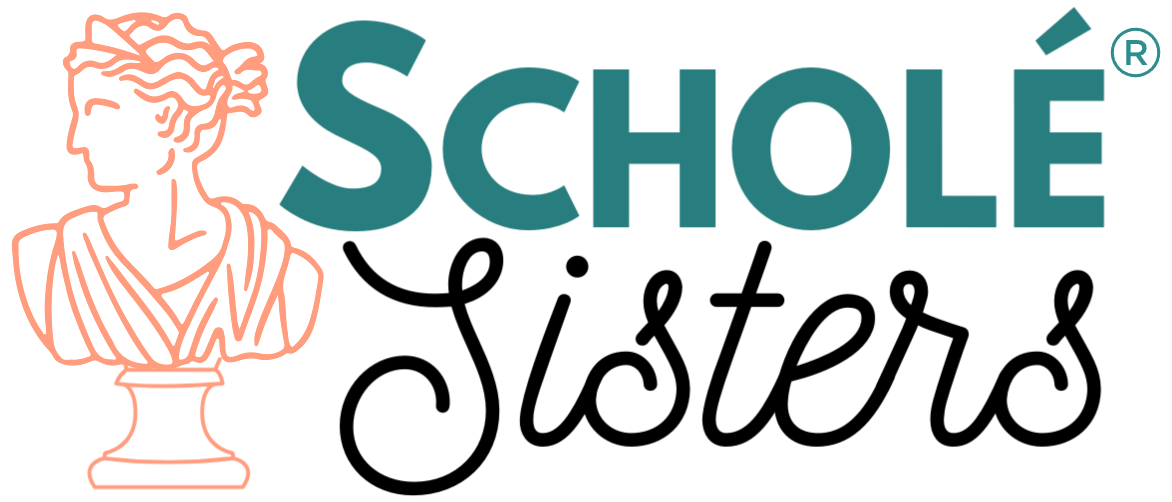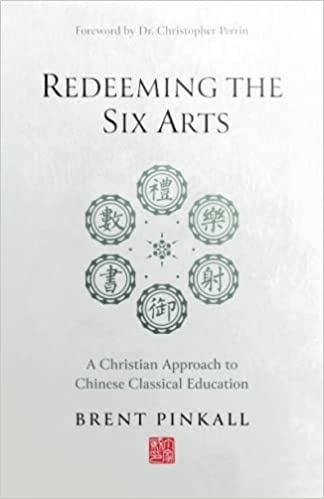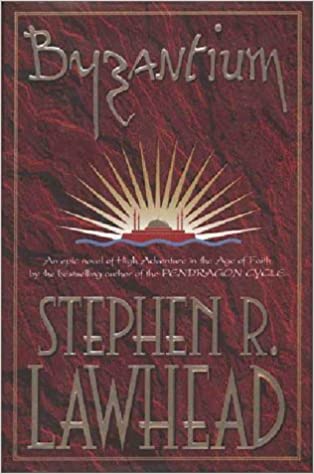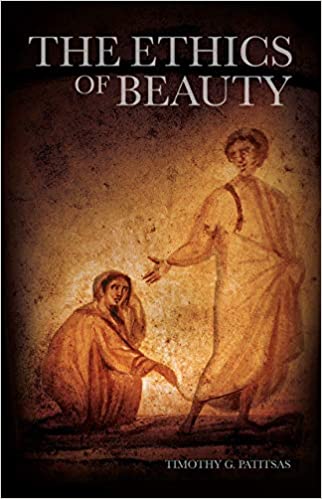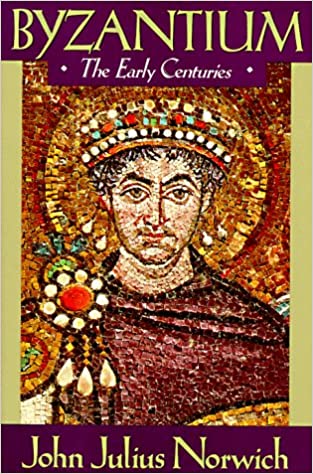Redeeming the Six Arts: A Christian Approach to Chinese Classical Education
Christ does not erase our cultural identities. He redeems them.
As Classical Christian Education experiences a renewal in the West, more and more Chinese Christians are eager to participate in it—but they face a dilemma. Contemporary resources on classical Christian education almost unanimously define it as a Western tradition rooted in Western languages, Western literature, and the seven liberal arts. Does this mean that Chinese classical Christian schools must also adopt a Western curriculum? Or might they draw from their own Eastern tradition, one characterized not by men such as Plato, Herodotus, and Shakespeare but by Confucius, Sima Qian, and Li Bai?
In Redeeming the Six Arts, Brent Pinkall argues that classical Christian education is not fundamentally a canon of fixed texts or subjects but rather an approach rooted in the Fifth Commandment: Honor thy father and thy mother. Insofar as our ancestors differ, the languages, literature, and arts we study will also differ. Although Chinese Christians share the same “spiritual” fathers as their Western counterparts, their “earthly” fathers are different, and therefore their curriculum must reflect not only a shared “Christian” heritage but also a unique “classical” heritage.
In Part 1, Pinkall surveys the 4000-year history of Chinese classical education, a tradition rooted in the “six arts”: rites, music, charioteering, archery, script, and calculation. In Part 2, he explores the common grace of God in this rich but pagan tradition and considers how Chinese Christians might redeem it to his glory while avoiding attendant pitfalls, just as the church in the West redeemed the “seven arts” tradition inherited from their pagan, Greco-Roman ancestors. As readers compare the two traditions, they will find both glorious distinctives as well as remarkable similarities. They will discover that God reveals himself not only through the Logos but through the Dao.
More info →Byzantium
Aidan, a scribe in a remote Irish monastery, accompanies a band of monks on a trip to the magical city of Byzantium, where he becomes an ambassador to kings and an intimate of Byzantium's Golden Court.
More info →The Ethics of Beauty
Chaste and ardent eros for the Beautiful is the first task of human life, and falling in love with Beauty is the beginning of every adventure that matters …. In The Ethics of Beauty, Orthodox Christian theologian Timothy Patitsas first considers Beauty’s opposite, the dark events that traumatize victims of war and other ugly circumstances, and then invites us to rediscover the older Beauty-first response to moral questions and the integrity of the soul. Covering topics ranging from creation to political theory to the Jesus Prayer, including war, psychology, trauma, chastity, healthy shame, gender, marriage, hospitality, art, architecture, theology, economics, urban planning, and complexity theory, The Ethics of Beauty lays out a worldview in which Beauty, Goodness, and Truth are each embraced as indispensable elements of the best possible human life.
More info →Byzantium (I): The Early Centuries
Volume 1 of the series. Includes 32 pages of illustrations, and 11 maps and tables.
More info →